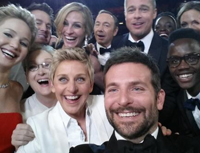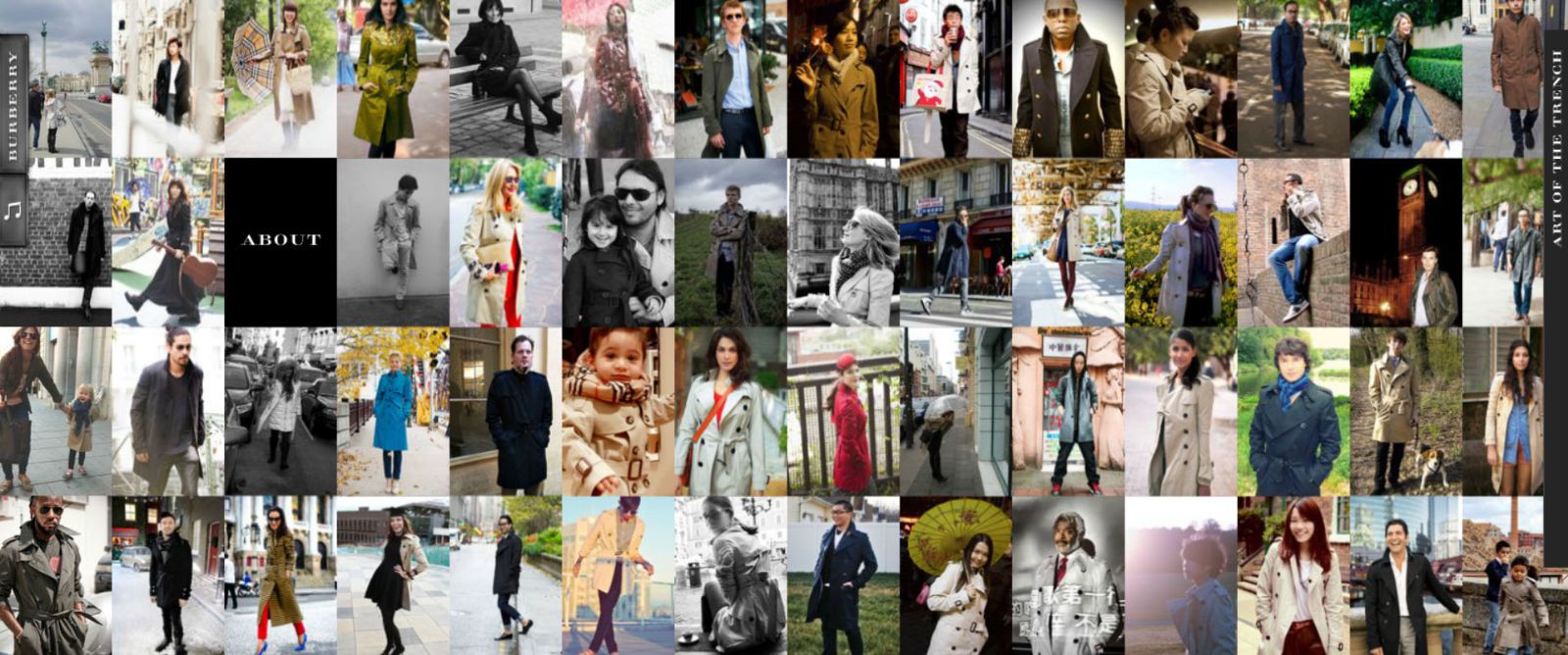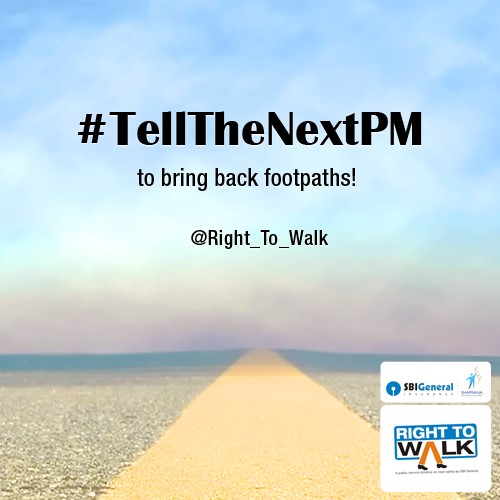Do millennials prefer user generated content?
PR Insight
Paarul Chand
Earlier this month marketing firm Crowdtap and international research company Ipsos released a study that showed that millennials trust User Generated Content (UGC) as much as non UGC content. The study also found that UGC is 20% more influential when it comes to purchasing and has a 35% higher recall than other content.
Do the millennials trust User Generated Content more?
Deloitte’s Millennial Innovation survey 2013 covering 16 countries, including India, defined millennials as those born after 1982.
Atul Sharma, India Practice Chair, Telecom and Technology, Genesis Burson-Marsteller, feels that the millennials are truly digital citizens who do not really get pulled by brand promises in creatively rendered advertisements. Atul says: “With the amount of time being spent on user generated content increasing over the last few years, the trust is only growing."
Atul believes that the next level of content impact will only come from user generated sources: “That is a key area brands need to explore. And many brands have started embracing this trend. Brands have been quick to jump on the opportunities across various social platforms to listen, engage and influence the social conversations happening with the millennial. For marketers, user-generated content has become a part of online promotional efforts. Businesses have started encouraging consumers to snap photos or share their own stories in exchange for an entry into a contest and this trend is witnessing an upswing. Who can forget the star-studded selfie taken at the Oscars that went viral across the social media space?”

Harshil Karia, co-founder and online strategist, FoxyMoron says that at the moment client created content accounts for 70% of the brand content generated and user generated content accounts for 30%. Harshil says: “User generated content does lead to deeper levels of engagement and via user generated content brands get a deeper understanding of their consumer’s profile which in turn gives them an insight into what type of content is preferred.”
Tapping into what the millennials feel about User Generated Content (UGC)
PRmoment India also reached out to the millennials to ask them what they feel about UGC. Aashima Grover, 23, Senior Account Executive, 20:20 MSL, says that: “We spend more time consuming content online than from traditional media sources. This essentially means UGC has become the default mode of content that we consume. Whether it’s planning a trip or purchasing a gadget, the first place we look for opinion is our social networks and therefore our perceptions are largely formed by UGC. The success of portals like TripAdvisor, IMDB, Yelp and Google + only goes to show that we place a high level of trust in what other consumers are saying about brands online.”
Tanay Chaturvedi, 23, Assistant Manager, Global Marketing with VoIP app Nimbuzz says: ”I definitely would have a bias towards content generated by a younger professional for a youth centred brand because there is a higher possibility of it being based on real life experiences and preferences.”
For Radhika Nandwani, 26 year-old senior account executive at 20:20 MSL: “The content generated by us and millennials like us is not just created from primary and secondary research on the internet but it also includes the opinions of today’s adult youth created over time. This is a generation that is well read, connected with social media and has been exposed to various outlets of information flow.”
What kind of campaign to the millennials like? Burberry, Wolverine and Tourism Queensland
Aashima’s favourite UGC campaign is Burberry's art of the trench: "It managed to reignite attractiveness for a 150+ year old brand while engaging with a younger audience, making them the stars and generating thousands of branded pictures along the way which is now ready visual media resources for the brand.”

For 26 year-old Anamika Srivastava, senior PR account executive: “The “Tourism Queensland – Best Job in the World” was one of the first and my favourite UGC."

Source: Marketing Magazine, UK
"The core objective of the campaign was to bring the spotlight onto Queensland’s Islands of the Great Barrier Reef coupled with the launch and promotion of an Island Caretaker vacancy. A simple concept like inviting people from around the world to send one-minute video applications explaining why they should be chosen to be Hamilton Island’s caretaker (a six-month gig that paid about $100K U.S.) took the media and consumers by storm. In no time all the major media houses from CNN, BBC News to Oprah and many more had covered it, with almost 425,000 views on the Best Job in the World micro-site and 35,000 video job applications. The campaign was such a hit that eventually it was implemented across other international markets and within Australia.”
Tanay says: “The Wolverine Twitter Battle is the best user generated campaign that I have come across. As a part of the build-up to the release of the movie, users were invited to battle their favourite superhero in a real time game. To power an attack, the user was required to tweet with the #IAmTheWolverine hashtag. The three day India specific campaign generated close to 76,000 tweets, making it one of the most successful pre-release movie campaigns ever.”
Brand concerns about User Generated Content
Harshil however warns that UGC also results in a lack of quality as well as loss of control. Harshil says that: “The detection of low quality information from user generated content is a key concern for all brands. It poses to threaten the reputation of a brand or leads to a lack of trust in such content. Either way user generated content is not valued. People prefer to go by the voice of professionals as amateurs lack the education and training that comes from being a professional.”
Atul feels that as more and more brands join this bandwagon, it also brings a lot of clutter into the social platforms. “This creates a lot of unreceptiveness amongst the millennial. The key will be to create user-generated campaigns which are compelling and relevant which can help build brand resonance and affinity.”
Harshil agrees that user generated content must not be over used and cannot be the only strategy that a brand should adopt. He believes that: “This trend will only strengthen if it is used smartly when consumer involvement is crucial.”
Case Studies
Brands that have created great UGC campaigns for millennials
SBI General Insurance Company Limited
SBI General Insurance Company Limited, a joint venture between the State Bank of India and Insurance Australia Group (IAG) launched a national road safety campaign ‘Right to Walk’ as part of the 25th National Road Safety Week in January 2014.
Digital Agency, Social Hive, created the @Right_To_Walk campaign targeted at a young audience between the ages of 16 and 30. The promotional drive, aimed at creating awareness about the safety of pedestrians, asked people to create their own short film around the theme of ‘Right to Walk’. The handle @Right_To_Walk was also created for people to share their footpath stories. The account created 2 million impressions.
Solutions to pedestrian safety issues were also crowd sourced. Some of the solutions from the millennials were taken up with @ChangeIndia18 and in their hashtag activity called #TellTheNextPM.

Source: Social Hive, MSL Group
Maybelline Baby Lips Kiss Song
Last year, Maybelline New York India invited all its fans to contribute their ‘Kisses’ for India’s first-ever crowd sourced song. According to Foxymoron, who created the campaign, 6000 girls sent in their entries and they were all put together to develop the ‘Baby Lips Kiss Song.’
Harshil says at time the song was the highest digital crowd sourced activity in India and this, “Led to a rise in sales, it was the No. 1 lip balm on e-commerce. The Baby Lips product enjoyed as many sales as the 2012 Maybelline Colossal Kajal product. This was the most direct and easiest way to build relationships with consumers”.
Femina: Crowd sourced edition
According to Foxymoron, Femina adopted the crowd sourcing mechanism to create and develop a crowd sourced magazine issue.
Harshil says that millennials have been born into an extremely fast paced world and with technology consuming their lives they do not have time to sit down, relax and let their writing juices flow. “However Femina India aimed to do just that, we gave aspiring and talented writers an opportunity to embrace technology and at the same time create their own written masterpieces via Facebook and Twitter. Digital became the key connector between the magazine and millennials!” The crowd sourced issue received 7,000 entries.
While Hindustan Times had already done this with their Sunday magazine ‘Brunch’ in February last year, it’s unusual for a magazine in India to do this.
Ford EcoSport Launch Campaign – Digital
Last year, Ford Eco Sport ran a campaign called the Urban Discoveries initiative – Ford’s single largest product experiential campaign. The campaign panned out across 12 cities and reached out to nearly 5.4 million people, providing consumers with an opportunity to discover how Ford EcoSport opens. 31 teams were formed chosen by community voting and each team was given a Ford EcoSport to undertake a month long journey. The mission of their journey was to cover the length and breadth of their city and capture the journey of their unique discoveries in audio and audio visual format.
According to Atul the campaign helped to make: “The Ford EcoSport Facebook page the most engaged automobile page in India and that the positive amplification helped Ford India get 30,000 bookings within 17 days of the launch.”
Written by Paarul Chand
To find out more about brand communication with the millennials, sign up for our upcoming event, “How can brand in India engage with millennials". Speakers from Coca Cola, eBay, Microsoft, Google, Germin8, Pinstorm and NDTV.
If you enjoyed this article, you can subscribe for free to our weekly event and subscriber alerts.
Featured

PR professionals share their views on journalists publicly calling them out on story pitches

Auto blogger renders unconditional apology to Value 360 for defamatory posts

Hottest Indian startups of 2020, Paytm, Dreams 11 lead the charge: Wizikey Report




